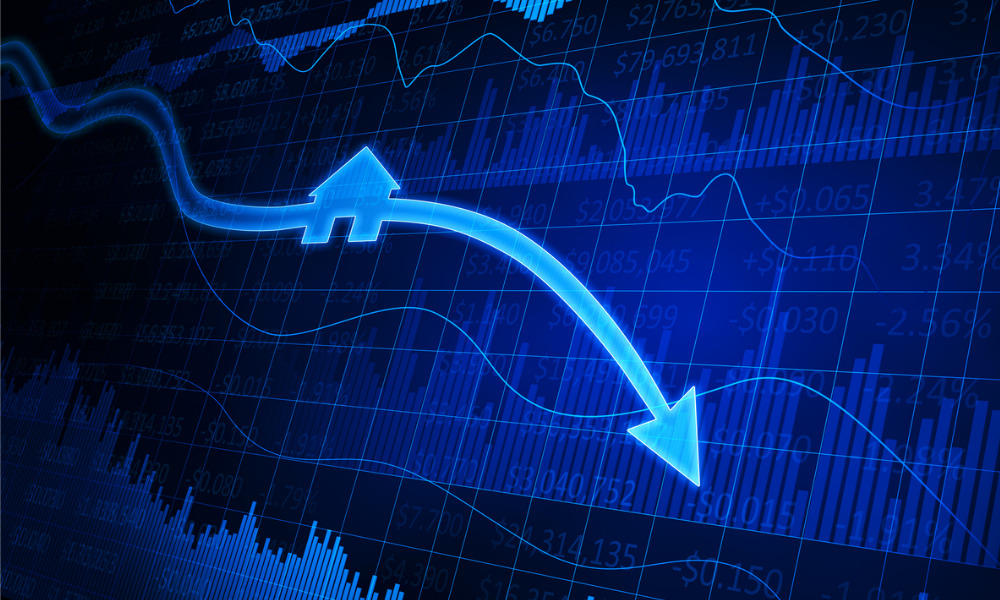Homeowners who borrowed during the pandemic will feel the brunt of pricing pain, panel says

The housing market will see a peak-to-trough fall of 15% to 20%, with an acceleration hitting in 2023, experts warn.
At the Citi Australia and New Zealand Investment Conference on Wednesday, a panel of executives from Pepper Money, IFM Investors and Citi warned that first-home buyers would struggle to get into the property market as higher interest rates pushed up loan repayments. The panel also predicted that homeowners who borrowed during the COVID-19 pandemic will face the majority of pricing pain, The Australian reported.
However, securitisation transactions are “really well-positioned,” said Pepper Money treasurer Anthony Moir.
“We expect the portfolio will return to a more normal level of arrears sometime next year,” Moir said. “But given the strength of the Australian economy and the fact that employment is going to remain very strong, securitisation transactions are very well-placed. [Securitisations] are structured for extreme outcomes, so we expect the performance is going to be very strong as it has been through these cycles.”
Moir predicted a 15% fall in house prices, according to The Australian. IFM Investors executive director Hiran Wanigasekera, however, is flagging a greater decline, saying the hot market during the pandemic was an anomaly that “has to be corrected.”
“If you think about it on a longer-term trend basis, late 2020 and what happened through 2021 in the market here is the clear outlier,” Wanigasekera said. “There was a massive overshoot in terms of price appreciation that has to be corrected … so a 20% decline from peak to trough is not out of the question and really only puts us back onto the longer-term trend that has been progressing over the last 10 to 15 years.”
Wanigasekera said that a downturn “has to happen” to restore sanity to the market. He warned that borrowers who bought at the recent peak would feel the most pain from higher rates and plummeting prices.
“The borrower cohort that’s really more exposed than the wider economy is the one that actually took on that leverage and bought in through that time period [late 2020 and 2021], so not necessarily the whole of the country is exposed in the same way to higher rates,” he said.
Moir said that non-bank lenders were also facing challenges in the current environment, The Australian reported.
Read next: Buyers more skittish about borrowing limits
“Non-bank lenders such as ourselves will find it more difficult to compete from a funding cost perspective with the banks in Australia,” he said. “We have seen origination volumes come off and we expect that we will not originate the same level next year as we have done this year.”
In another summit session, Stockland, Australia’s largest listed residential developer, predicted a 15% peak-to-trough dive in home prices.
Stockland CEO Andrew Whitson said that housing affordability is “stretched at the moment” due to the proportion of income going to mortgages, The Australian reported.
“It’s sitting in Melbourne in the mid-30s, and more in Sydney – in the low 40s,” he said. “Generally, 30 to 35% is where we see that as balanced.”
Liberty Financial chief executive James Boyle agreed with Wanigasekera that the housing market was headed for a 20% fall. However, he said that even if that came to pass, it would only take prices back to “mid-pandemic” levels.
“It’s not like we’re rushing back to GFC kind of price levels,” he said.
Boyle said that by this time next year, “we’ll be dealing with a new market where we’re probably 20% lower than we were at the peak. [Then] affordability is coming back into the realm it was common to have.”



